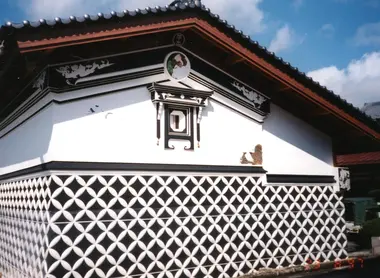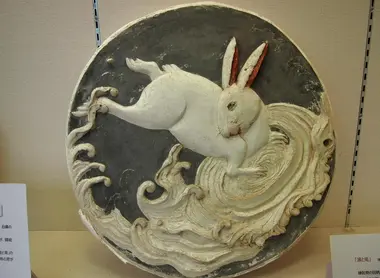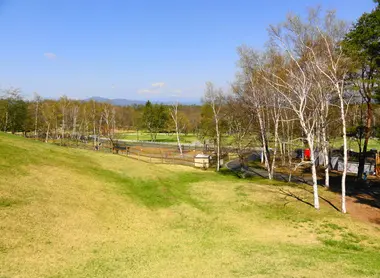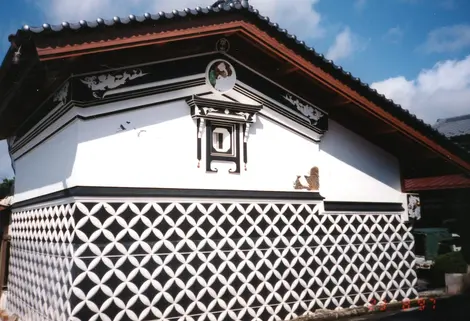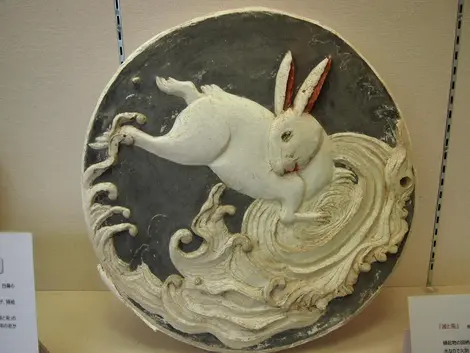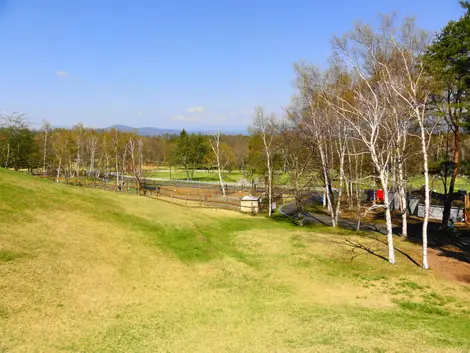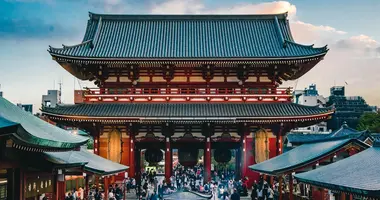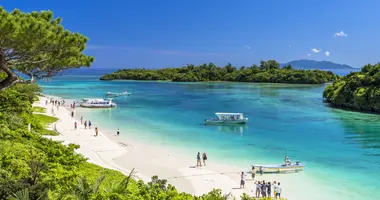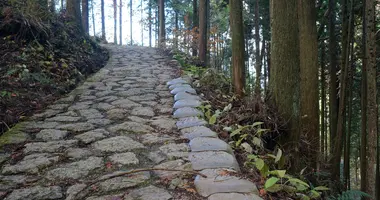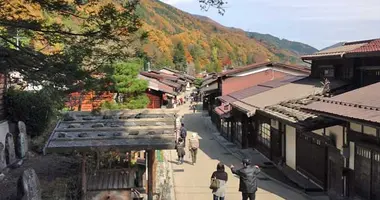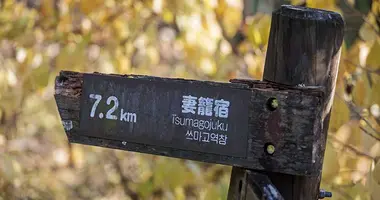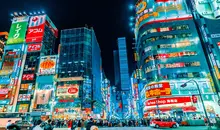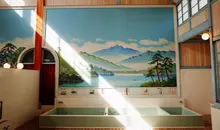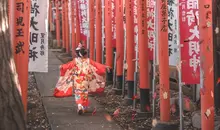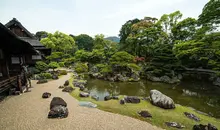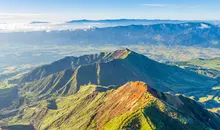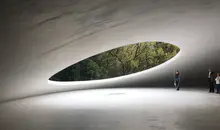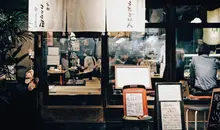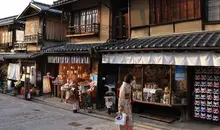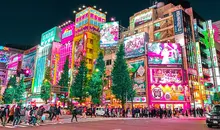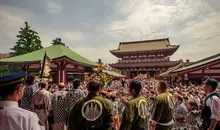The village of Hara 原村
- Published on : 03/07/2018
- by : J.L.
- Youtube
The beautiful Hara
Surrounded by the most beautiful assets of nature in the heart of the Japanese Alps, the village of Hara in Nagano is part of the list of the most beautiful villages in Japan also for its magnificent rice granaries.
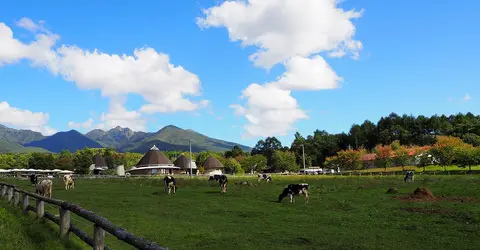
The village of Hara
Hara-life.jp
If you want to isolate yourself from civilization, noise and pollution, then you will feel alive in Hara! Charming village surrounded by mountains , meeting point of the northern and southern Alps, Lake Suwa to the west and the Yatsugatake mountains to the east. This convergence of the mountain ranges with the large lake makes it a point of attraction with a fairly mild specific climate throughout the year , with an altitude of between 900 and 1,400 meters.
While in summer Japan melts under a suffocating tropical climate, in Hara, it is a relative freshness that envelops you for an optimal well-being. You will appreciate the parade of the seasons between rice fields and grandiose alpine nature .
See also: The Japanese Alps
Cultural granaries
Hara conceals first-rate archaeological discoveries dating back to the Jômon era (-15,000 to -300). You can verify it at the Akyu archaeological site, with the oldest 'Stone Cycle' in Japan, the equivalent of Stonehenge in England, discovered during preparatory works for a highway in 1975. Everything was reburied for ensure its preservation.
But what above all makes the reputation of this village of Hara, are the Dozô, the traditional Japanese granaries . They are built with cob then covered with plaster, hence their white color, as are many feudal castles. The Dozô has been very important for centuries because it helps keep crops or valuable items away from all moisture and fire. While houses could ignite during a fire, the Dozô protected what the inhabitants valued most.
In Hara, there are still many granaries, which shows you the riches of this village since the dawn of time. They often display a kind of relief sculpture, the kote-e, which became popular in the Edo period (1603-1868). The more richly decorated the plate, the more important was the family, with finely executed ideograms, animal representations, plants or lucky symbols.
A big festival agitates the region each year, and the village of Hara does not fail to participate in it, it is the Onbashira matsuri festival, where the villagers carry a huge trunk of a sacred tree throughout the village to the shrine. Suwa, 12km away, called yamadashi . Hara is the starting point of this matsuri recognized as being the most dangerous in Japan . To be seen, but with caution.
To read: Onbashira matsuri
Nature is the central element of this village, which is why activities related to it are very popular here. In the Yatsugatake natural and cultural park ( Yatsugatake Shizenbunka-en ), you can practice various activities in a vast natural space , mini-golf, dogrun, roller skiing, cycling, or simply walking around Lake Maruyachi to enjoy the Yatsugatake mountains in reflection.
The Nature and Science Museum ( Shizen Kansatsu Kagaku Kan ) offers exhibits on all the wonders of regional nature , easy butterfly and insect sightings, and even a planetarium to see further afield.
Will you sleep well?
A detail but not the least on Hara is the pension village . He is even the pioneer of the pension system in Japan, which is the equivalent of the guest room in France. To fully appreciate this village and all its marvels, you will stay one night? 70 houses welcome you to extend your stay, for an average price of 7,000 yen for the night with 2 meals, which is very tempting, let's face it. If you like to contemplate the starry sky, you will be delighted by this celestial vault without light pollution.
